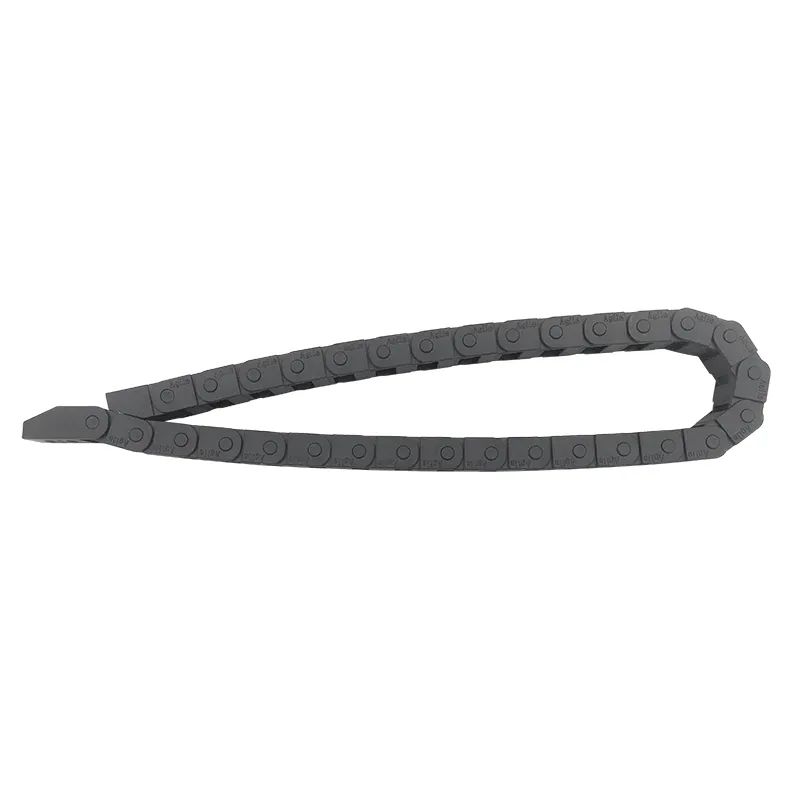Understanding Synchronous Pulleys and Their Applications in Mechanical Systems
Understanding Synchronous Pulleys An Overview
Synchronous pulleys play a crucial role in various mechanical systems, widely used in applications that require accurate timing and reliable power transmission. These pulleys are typically part of a synchronous belt drive system, where the synchronous belt works in conjunction with toothed pulleys to transmit motion efficiently. In this article, we will delve into the design, operation, advantages, and applications of synchronous pulleys, providing a comprehensive understanding of this essential component in mechanical engineering.
The Design and Mechanics of Synchronous Pulleys
Synchronous pulleys are characterized by their toothed surfaces, which mesh precisely with the corresponding teeth on a synchronous belt. This design feature ensures that there is no slip between the belt and the pulleys, thus maintaining a consistent speed ratio between the driver pulley and the driven pulley. Unlike traditional V-belts, which can slip and cause variability in speed, synchronous belts and pulleys ensure that the rotational motion is transmitted exactly as intended.
The design of synchronous pulleys can vary, depending on their specific application. They can be made from various materials, including reinforced rubber, plastic, or metal, each offering different benefits such as strength, weight, and resistance to wear. The number of teeth on the pulley and the pitch of the teeth are critical parameters that determine the pulley’s performance and compatibility with specific belts.
Operation of Synchronous Pulleys
The operation of synchronous pulleys involves a straightforward mechanism. When the driver pulley rotates, its teeth engage with the teeth of the synchronous belt, which in turn drives the connected driven pulley. The direct engagement of the teeth means that the motion is transferred without any loss of efficiency. This mechanism is particularly advantageous in applications that require precise positioning or speed control, such as in automotive timing systems or CNC machines.
One of the defining features of synchronous pulleys is their ability to maintain constant speed ratios over a wide range of operating conditions. This makes them ideal for dynamic systems where fluctuations in load and speed are common. Moreover, the predictable nature of synchronous drives allows for better control in automated systems, facilitating more reliable operation compared to other types of belts and pulleys.
Advantages of Synchronous Pulleys
There are several advantages to using synchronous pulleys in mechanical systems
synchronous pulley

1. Precision Timing The design of synchronous pulleys and belts results in no slip, allowing for precise timing in applications, such as in engines where camshaft timing is critical.
2. Higher Efficiency Synchronous systems are highly efficient in power transmission, often achieving efficiency ratings above 95%. This results in lower energy consumption and reduced operational costs.
3. Low Maintenance Unlike other belt systems that may require frequent adjustments and replacements due to slippage or wear, synchronous systems generally require less maintenance, leading to lower long-term costs.
4. Versatility Synchronous pulleys are versatile and can be used in various applications, including robotics, automation, and HVAC systems.
5. Reduced Noise The engagement of teeth minimizes slippage and vibration, which results in quieter operation compared to chain or V-belt systems.
Applications of Synchronous Pulleys
Synchronous pulleys find applications in a wide range of industries. In the automotive sector, they are used in timing belts to synchronize the rotation of the crankshaft and camshaft, ensuring optimal engine performance. In manufacturing, synchronous pulley systems are employed in conveyor systems and assembly lines to provide accurate and reliable motion control. Additionally, they are commonly found in printing machines, robotics, and textile manufacturing, where precise movements are essential.
Conclusion
In summary, synchronous pulleys are vital components in modern mechanical systems, providing accurate, efficient, and reliable power transmission. Their unique design and operational characteristics make them suitable for a wide array of applications, from automotive engineering to industrial automation. As technology continues to evolve, the role of synchronous pulleys is likely to expand, further demonstrating their importance in the field of mechanical engineering and design.








